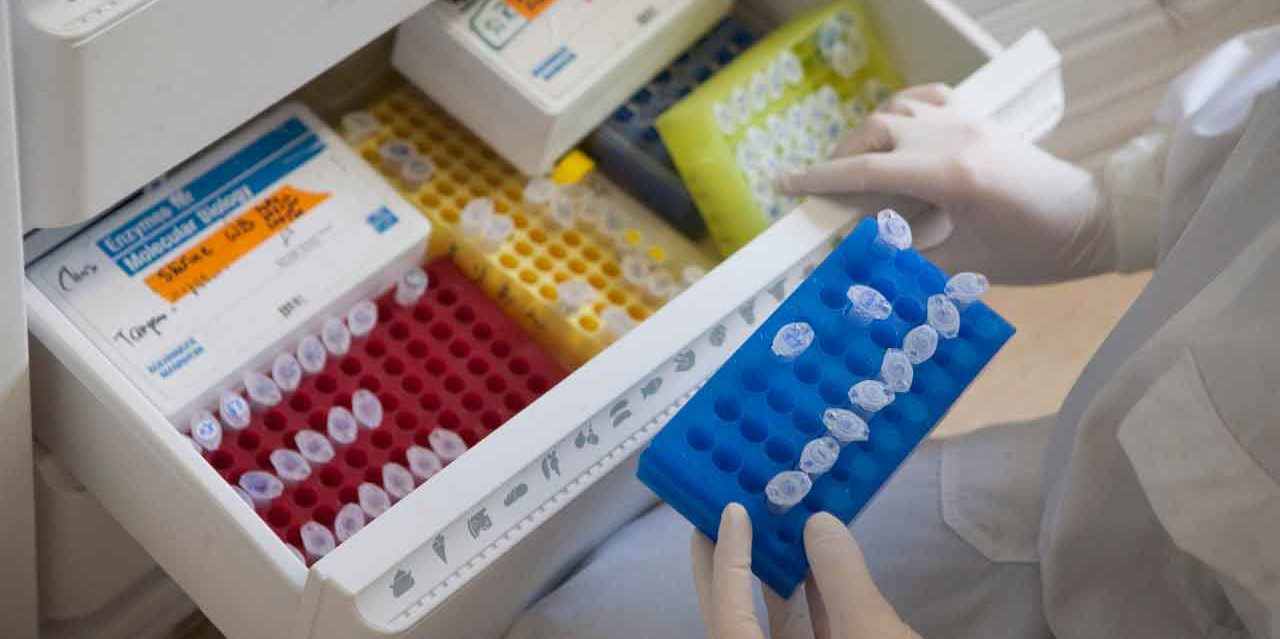Leukemia Drug May Lead to Help For Neurological Diseases

The success of the cancer drug nilotinib (Tasingna) has researchers trying to find a treatment for Parkinson’s that uses a similar chemical pathway.
Imagine you have a disease that begins with tremors and ultimately confines you to a wheelchair. About half a million Americans have been diagnosed with Parkinson's disease, and some estimates say that at least that many haven’t yet been diagnosed.
The gold-standard medication for Parkinson’s is levodopa, or L-DOPA, combined with carbidopa. Nerve cells can use Levodopa to boost the brain’s dopamine supply, which deteriorates with the disease. Carbidopa reduces the nausea levodopa can trigger.
But that approach helps only in the early stages, and it can't slow or stop the progression of the disease. So, researchers have been looking for other options.
YOU MIGHT ALSO LIKE: What Is Deep Brain Stimulation?
One promising candidate has been the drug nilotinib (Tasigna), used to treat leukemia, a blood cancer. Nilotinib inhibits enzymes called tyrosine kinases that stimulate cancer cells to grow.
In Parkinson’s disease, researchers thought the drug might eliminate abnormal buildups of dangerous proteins involved in several incurable and devastating neurological diseases, including:
- Parkinson’s disease
- Alzheimer’s disease
- Amyotrophic lateral sclerosis
- Frontotemporal dementia
- Huntington disease
- Lewy body dementia
When a pilot study sparked excitement in the Parkinson’s community, some neurologists prescribed it to patients who asked about the drug. One patient in the study, who had been confined to a wheelchair, was able to walk again. Three research subjects, who had not been able to talk, began to speak.
Two small follow-up studies, however, didn’t back those results. One concluded the drug didn’t relieve symptoms, and the other found only improvement in biomarkers.
More recently, a meta-analysis looked at three random controlled clinical trials, covering only 163 patients overall. The overview showed that different doses of nilotinib were safe, tolerated by patients, and improved a key biomarker. It didn’t help their movement problems, however.
It’s still possible that the mechanism discovered in the pilot study could be successful, but probably with a different molecule than nilotinib. Other related molecules are in the research stages.
Overall in 2022, there were 22 clinical trials of a Parkinson’s remedy in Phase 3, when a new possible treatment is directly compared with the current most-accepted one.
Is Parkinson’s an autoimmune disease?
Researchers at La Jolla Institute for Immunology suggest that it just might be. Certain proteins may be attracting T-cells, immune system fighters, to mistakenly attack brain cells and potentially contribute to the progression of Parkinson’s. The study was the first direct evidence that autoimmunity could play a role in the disease.
The vulnerable T-cells can appear years before an official diagnosis.
Other research found a genetic signature for the disease in a type of T-cell.
What you can do
Consider volunteering for research. The Michael J. Fox Foundation for Parkinson’s Research, launched by the popular actor after he announced his diagnosis, lists opportunities to join clinical studies. You’ll find opportunities here as well, through the Parkinson’s Foundation.
To continue advancement in research on the disease, you can donate to the Fox Foundation or the Parkinson’s Foundation.
Updated:
June 12, 2023
Reviewed By:
Christopher Nystuen, MD, MBA and Janet O'Dell, RN